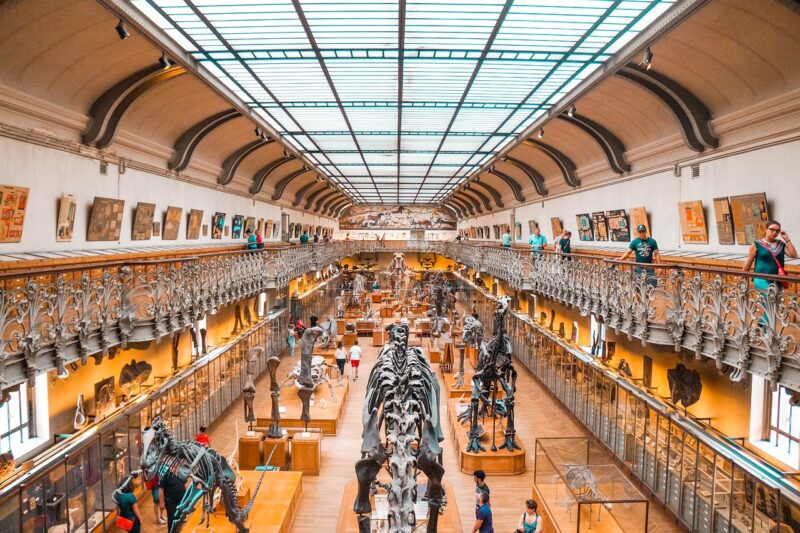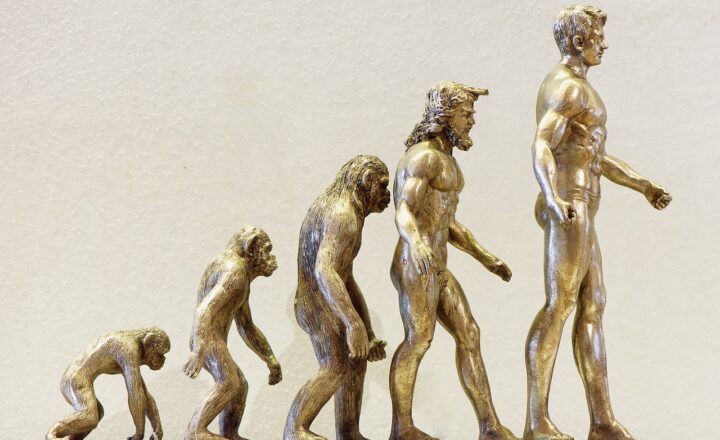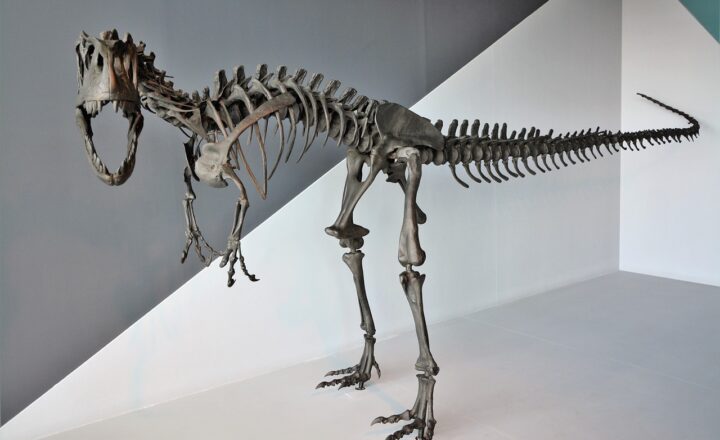The Flight of Dinosaurs: Discovering How Feathered Dinos Evolved into Modern Birds
November 14, 2024

Dinosaurs have long captivated the imaginations of scientists and the public alike. Among the many mysteries surrounding these fascinating creatures is the evolution of flight and how some of the most magnificent feathered dinosaurs eventually gave rise to the birds we see today. This article delves into the scientific discoveries and evolutionary processes that trace the lineage from ancient reptiles to modern avians, revealing a story of survival, adaptation, and the wonders of evolution.
1. The Feathered Dinosaurs: A Closer Look
Throughout the late Jurassic and Cretaceous periods, a group of theropod dinosaurs began to showcase an incredible adaptation: feathers. Initially thought to be a characteristic exclusive to birds, modern paleontological discoveries have uncovered a range of theropod species exhibiting feather-like structures. These dinosaurs, such as the famous Velociraptor and Archaeopteryx, represent the transitional phase between non-avian dinosaurs and birds.
While many may think of feathers as merely a feature of modern birds, these structures had various purposes: insulation to maintain body temperature, displays for mating or territoriality, and ultimately, the evolutionary jump towards flight. Paleontologists have identified several feathered dinosaurs whose fossils reveal diverse feather morphology, from simple filaments to complex branching structures.
2. The Evolution of Flight: From Ground to Air
One of the critical questions in the study of the origin of birds is: how did they evolve flight? The transition from ground-dwelling dinosaurs to flying avians is complex and multifaceted. Several hypotheses suggest possible pathways for this extraordinary evolutionary leap:
- The Arboreal Hypothesis: This theory posits that proto-birds began their ascendance to the skies by gliding from tree branches. These feathered dinosaurs would have developed the ability to leap and glide between branches, eventually leading to powered flight through refinement of their wing structures.
- The Cursorial Hypothesis: In contrast, this hypothesis suggests that flight began as a means of escaping ground predators. Early feathered dinosaurs might have used their limbs to run quickly and leap into the air, gradually developing the flight mechanism as they pursued this survival strategy.
- The Display Hypothesis: Some researchers argue that the development of flight might have initially been for display purposes rather than for practical locomotion. Feathers could have played a role in attracting mates or intimidating rivals long before they were used for flight.
Each of these theories has merit, represented by various fossil discoveries and anatomical studies. The truth likely lies in a combination of these factors that enabled feathered dinosaurs to explore new ecological niches.
3. Advancements in Anatomy: The Transformation of Limbs
The journey from dinosaur to bird involved significant changes in physical structure. Key adaptations occurred in the limbs and skeletal systems of these feathered creatures:
- Hollow Bones: Continuous evolution led to a reduction in bone density to decrease overall weight, making flight easier. Many theropod dinosaurs possessed hollow bones, similar to modern birds.
- Fused Bones: The transformation of the wrist bones in particular allowed for the development of the wing structure. The fusion of certain bones created a flexible wing design that is essential for powered flight.
- Pectoral Muscles: The evolution of a strong keel bone allowed birds to develop a powerful flight muscle system, necessary for their aerial abilities.
These anatomical changes, driven by environmental pressures and the demands of flight, set the stage for the emergence of the first true birds, such as Archaeopteryx, who exhibited the first clear adaptations for powered flight.
4. Archaeopteryx: The First Bird
Often referred to as the “first bird,” Archaeopteryx holds a special place in the study of avian evolution. Discovered in the limestone deposits of Germany, its well-preserved fossils showcase a unique blend of avian and reptilian features:
- Feathers very similar to modern birds, indicating the development of aerodynamic capabilities.
- A long bony tail reminiscent of dinosaurs, demonstrating its transitional status.
- Teeth embedded in a beak-like structure, showcasing an evolutionary bridge between non-avian theropods and birds.
Archaeopteryx represents an essential link in the evolutionary chain, providing critical evidence that supports the idea that modern birds descended from feathered dinosaurs. Subsequent studies have continually confirmed its significance in explaining the transition to flight.
5. The Jurassic and Cretaceous: A Bird’s-Eye View of Evolution
The Jurassic and Cretaceous periods were pivotal in the diversification of bird species. In this era, multiple lineages of avian dinosaurs bloomed, each adapting to their varied ecological environments.
- Diverse Habitats: From forested regions to vast plains, flying dinosaurs adapted their forms and behaviors to thrive in their specific habitats. Different lineages pursued various feeding strategies, from scavenging to insectivorism.
- Evolution of Flight Styles: As birds branched out, they evolved various flight styles. Some birds developed powerful wings for sustained flying, while others adopted efficient gliding techniques.
- Survival Strategies: These adaptations were not just about flight; they also included strategies for nesting, parenting, and foraging, allowing early birds to survive in changing ecosystems.
The evolutionary processes observed during these periods laid the groundwork for modern bird families, demonstrating the dynamic interplay between environmental pressures and biological adaptations.
6. The Legacy of Feathered Dinosaurs: Birds Today
Today, birds represent the only surviving lineage of theropod dinosaurs. With around 10,000 species worldwide, avian diversity showcases an incredible array of adaptations to various environments, behaviors, and life strategies.
Modern birds utilize flight for migration, accessing food resources, escaping predators, and finding mates. Their shared ancestry with dinosaurs highlights their remarkable journey through time. Notably, birds harbor many primitive features reminiscent of their dinosaur relatives, including skeletal structures and respiratory adaptations.
Moreover, ongoing research is continuously uncovering profound connections in behavior, signaling, and nesting strategies between modern birds and their dinosaur ancestors. This exciting field, enriched by advancements in genetics and paleontology, continuously broadens our understanding of evolution.
Conclusion: A Flight Through Time
The flight of dinosaurs into the air represents one of nature’s most astonishing transformations. From feathered theropods to the myriad species of birds we see today, the evolution of flight is a testament to the power of adaptation and survival in the face of ever-changing environments. This exploration into the fascinating journey of feathered dinosaurs not only enriches our understanding of evolution but also inspires awe at the complexity and interconnections within the tapestry of life. As we continue to investigate this captivating story through paleontological finds and scientific research, we unlock insights that bind our existence to an ancient past, filled with wonder and remarkable transformations.








